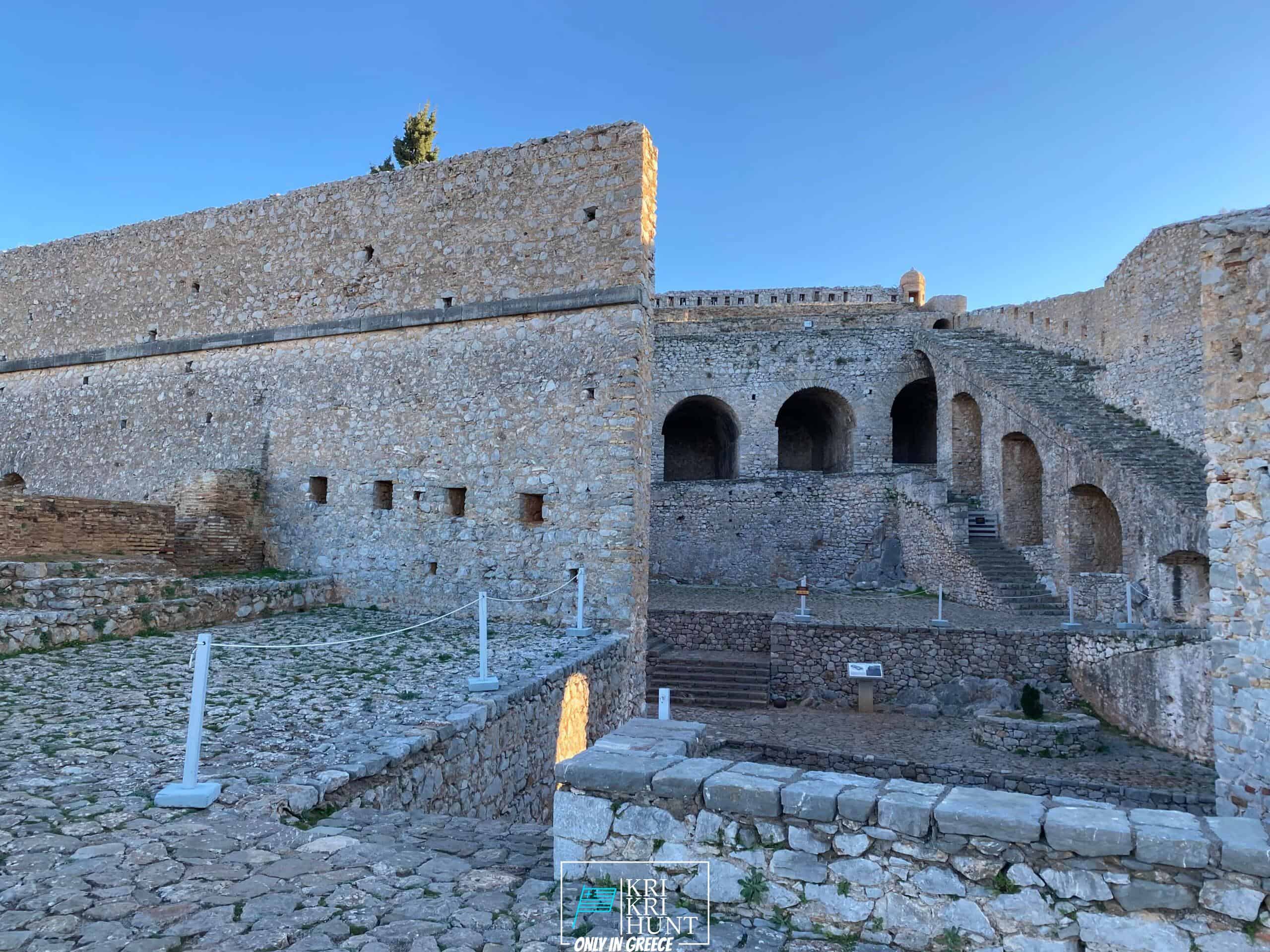Hunting cost-free range Kri Kri ibex in Greece
Hunting cost-free range Kri Kri ibex in Greece
Blog Article

To lots of people, The Peloponnese peninsula on the Greek Mainland is the 'genuine' Greece, where things have actually not altered a lot in any way over the centuries although that lots of people have actually found it. This is a location where you might quickly spend a month, however if you are short in a timely manner then our exterior searching, Fishing, free diving as well as visiting Peloponnese Tours from Methoni is a terrific option. Join us as we check out all that this historic and gorgeous area needs to provide!

The number of Ibexes fluctuates with the population due to the fact that it is not set. The Ibexes of the Cretan Ibex breed Kri-Kri is the smallest ibex in regards to body weight, but not horn size (Capra Aegagrus Cretica). A couple of specimens that went uncounted determined 115 cm (45 inches). The gold prize is 61 cm (24 inches) long. The Kri-Kri ibex is pursued in Greece right now. Searching is offered on Atalanti and Sapientza. Hunting is allowed on Atalanti from the last week of October to the very first week of December. Hunting is permitted on Sapientza for the entire month of November, depending on weather conditions.
On our Peloponnese scenic tours, you'll reach experience all that this fantastic region has to offer. We'll take you on a scenic tour of a few of the most historic and also lovely sites in all of Greece, including old damages, castles, as well as a lot more. You'll likewise reach experience several of the standard Greek culture firsthand by delighting in some of the tasty food and also white wine that the area is known for. And also of course, no journey to Peloponnese would certainly be total without a dip in the shimmering Mediterranean Sea! Whether you're a knowledgeable seeker searching for a novice vacationer or a new journey just seeking to explore Greece's magnificent landscape, our Peloponnese scenic tours are perfect for you. So what are you awaiting? Reserve your journey today!
If you're trying to find an authentic Greek experience, after that look no more than our exterior hunting in Greece with fishing, as well as complimentary diving excursions of Peloponnese. This is an extraordinary method to see whatever that this incredible region has to supply. Book your trip today!
What is the diference between Kri Kri ibex, Bezoar ibex and hybrid ibex
The kri-kri is not thought to be indigenous to Crete, most likely having been imported to the island during the time of the Minoan civilization. Nevertheless, it is found nowhere else and is therefore endemic to Crete. It was common throughout the Aegean but the peaks of the 8,000 ft (2,400 m) White Mountains of Western Crete are their last strongholds–particularly a series of almost vertical 3,000 ft (900 m) cliffs called ‘the Untrodden’—at the head of the Samaria Gorge. This mountain range, which hosts another 14 endemic animal species, is protected as a UNESCO Biosphere Reserve. In total, their range extends to the White Mountains, the Samaria National Forest and the islets of Dia, Thodorou, and Agii Pandes.
This Ibex is NOT a diminutive form of the Bezoar Ibex, which has migrated into the western-most reach of the range of this species. The kri – kri (Capra aegagrus cretica), sometimes called the Cretan goat, Agrimi, or Cretan Ibex, is a feral goat inhabiting the Eastern Mediterranean, previously considered a subspecies of wild goat. The kri-kri has a light brownish coat with a darker band around its neck. It has two horns that sweep back from the head. In the wild they are shy and avoid tourists, resting during the day. The animal can leap some distance or climb seemingly sheer cliffs.
“The agrimi goat Capra aegagrus cretica is unique to Crete and its offshore islands. It has been identi®ed as a sub-species of the wild bezoar goat Capra aegagrus aegagrus Erxleben, 1777, which it closely resembles in horn shape, body form and coloration. This classi®cation has been disputed by some researchers who claim that the agrimi are feral goats, derived from early domestic stock brought to the island by the ®rst Neolithic settlers. In order to clarify this issue, DNA analyses (cytochrome b and D loop sequences) were carried out on tissue of live and skeletonized agrimi and compared to sequences of wild and domestic caprines. Results conclusively show the agrimi to be a feral animal, that clades with domestic goats (Capra hircus) rather than with wild Asiatic bezoar. This study demonstrates that morphometric criteria do not necessarily re¯ect genetic af®nities, and that the taxonomic classi®cation of agrimi should be revised.”
Report this page